To ensure students with learning differences get the precise help they need, parents and teachers must understand what accommodations or interventions are available. Two options that include common classroom accommodations used for students with learning differences are the individualized education plan and the 504 plan. While these educational plans can be helpful for certain students, they cannot be used interchangeably. Read below to learn more about the differences between an IEP and a 504 plan with help from ReadSource.
What is an IEP?
An individualized education plan, or IEP, is a structured blueprint that helps schools provide the most helpful services to a student with a disability. Students’ eligibility for an IEP is determined by federal legislation, known as the Individuals with Disabilities Education Act, or IDEA, which focuses on special education for students with disabilities and outlines which conditions qualify as a disability. An IEP is a clearly written document that is made for a student with a disability and outlines a student’s current levels of academic success and function, as well as educational goals, classroom accommodations, the timing of school services, any changes that are allowed for standardized testing, and more. Additionally, IEPs can include specific modifications to a classroom and curriculum, such as having a class with a co-teacher, small group tutoring, or having fewer problems to complete during classwork or homework.
This extensive document is required by law to be developed by a very specific group of individuals, known as the IEP team. The IEP team consists of at least one general education teacher, at least one special education teacher, the student’s parent or caregiver, a school psychologist or other medical professional who can interpret test results, and a district representative who has authority over special education services. Throughout a school year, there will be multiple IEP meetings where this entire team must be present to discuss relevant services and how they are impacting a student’s progress.
What is a 504 plan?
While an IEP is more extensive, both an IEP and 504 can list accommodations that help children with learning differences or intellectual disabilities succeed in school with beneficial services. There are some other important differences as well. Eligibility for a 504 plan is determined by a section in a federal civil rights law, known as Section 504 of the Rehabilitation Act of 1973. This law makes it illegal to discriminate against people with disabilities and calls for services or changes to a classroom environment for any student with a disability. A 504 plan outlines these services and educational adjustments to make it more achievable for students with learning differences or intellectual disabilities to learn successfully alongside their peers. Unlike IEPs, 504 plans may only offer accommodations as opposed to classroom or curriculum modifications, but in many cases students with 504 plans can experience excellent growth from accommodations only.
As Section 504 has broader requirements about what qualifies as a disability, it is easier for students to get a 504 plan than an IEP. Students are eligible for a 504 plan if they have any disability that interferes with their ability to learn successfully in a general education setting. This can include broad learning challenges or more specific disabilities related to learning, reading, communicating, or thinking. Additionally, the requirements for who creates and monitors a 504 plan are less strict than for IEPs. A child’s parent or caregiver, relevant general and special education teachers, and a school administrator typically make up the team that handles 504 plans.
Which education plan is right for a child with learning differences?
There is not a one-size-fits-all solution for children with learning differences due to the vastly different circumstances of each child and classroom. For children with one of the 13 designated disabilities under the Individuals with Disabilities Education Act (IDEA), an IEP can help provide a detailed structure for how they can learn best. However, a student who does not qualify for an IEP may still be eligible to receive a 504 plan and benefit from it, due to the broader definition of “disability,” used for 504 plans. It is also important to remember that eligibility requirements and accommodations or services for IEPs and 504 plans may look different from district to district and even from school to school. Parents and students can practice advocacy at their school, while knowing that all students have the right to learn alongside their peers with necessary and helpful accommodations.
ReadSource is proud to support families and educators who work with students with learning differences. With the improved awareness and education across schools and communities, students with disabilities can learn successfully with their peers in the least restrictive environments. Explore our online resources, sign up for a training course, or get in touch with us today for more information!








Leave a Reply